Original packaging of a mint DW-9550RX-9T. Photo's and G-Shock by Psweeting (WatchUSeek), used with kind permission.
G’Mix was the Japanese G-Shock sub-label for music related models. Outside Japan these models were released under the Tough Label flag. It’s similar what Casio did with the X-Treme models and the G-Lide models in the 90’s. Probably the first name they came u with was Tough Label, but because the L is hard to pronounce in Japanese, the chose for G’Mix. In my opinion I associate G’Mix more with music, than Tough Label, though I rather like the last name.
Strangely, no Xaymaca model made it to an international release. The only international reggae inspired models that had an big international release was the DW-002BM “Bob Marley” model and the DW-002R “Reggae” models, both not part of any series.
This particular model, the DW-9550RX-9T, was released in July 1998. Two Xaymaca models were released that month. No less than 11 different DW-9550 models were released that month. Besides these Xaymaca models, there were also Brazillian Mix models and Groove Tune Models.
Xaymaca is the old name of the island Jamaica, given by the first original inhabitants, the Taino, the Caribbean branch of the Arawak indians. It means “Land of Wood and Water” or “Land of Springs”. Around 650 these sea going indians habited the island. The Taino were brown skinned slightly build people. The origin of their forefathers lies in Asia. Via Alaska they traveled southwards to Venezuela. The men worked as fisherman and the women grow food like cassave, sweet potatoes, allspice and corn. Also they grow cotton, which was used for clothing.Around 1400 the bellicose Caribes arrived on the island, which made the peaceful life of the Taino quite difficult. With the arrival of Christoffer Columbus on the island in 1494 it became even more difficult. The indians were used as slaves. Due to overwork, infectious diseases and war sadly killed the native population on Jamaica. Although the Taino have been extinct, we still use Taino words. For instance, the Taino smoked a pipe though their nose. The name of this pipe was tabaco (tobacco). Other words we still use are derived from barbacoa (barbecue), juracán (hurricane) and Kanoa (canoe). Nowadays only about 30000 Arawak indians still live in Suriname, Guyana and French Guiana. The Arawak indians are known for their extreme politeness, respect and hospitality.
Unlike the other Reggae or Rastafarian inspired models, you won’t find the famous red, yellow and green colors back on the Xaymaca models (except for the first model in 1996). Most models have brown or green tones, some silver. A returning theme in this series are native patterns on the strap. This model has light brown diamond line patterns on the chocolate brown upper strap.
Although the native theme, the watch is aimed for DJs, people who want to be one or musicians. It’s main feature is the BPM counter. The second G-Shock I bought back in 2000 also had a such a BPM counter. It became a nice instrument while on a Techno festival in Belgium. As I was an active producer of electronic music at that time, I was curious about the tempi played in different rooms and by different DJ’s (I remember Richie Hawtin, Speedy J and Jeff Mills were playing there). The BPM counter. It’s not a very precise BPM counter, as it shows the BPM in increments of 5, but it gives you an idea. At the moment I am writing this, I’m listening to Aphex Twin with a tempo of 175 BPM. It works pretty simple. When in BPM mode, tap the beat on the G-button, which normally is used as light button, for 5 times on the beat and it shows the BPM. Actually I would rather have seen it 4 times, as most modern pop music is 4/4 (four quarter). The lower right button functions as light button. The upper right button can be used to start and stop the metronome. The metronome sounds at the last measured BPM (shown in the display).
For the BPM counter the Countdown Timer function has been sacrificed. Besides the PBM counter you find an simple daily Alarm function and a 24 h Stopwatch. It’s a little pity there is no Countdown Timer.
Extra functions on this watch are the Auto Illuminator and the Flash Alarm. Pretty unusual to find both these functions on one G-Shock. You activate the Auto Illuminator function in Time Keeping Mode by press and hold the lower right button for about 2 seconds (AUTO and a star like icon appers above the seconds). When you tilt your wrist towards you for about 40º, the display lights up. The Flash Alarm is activated by press and hold the upper right button for about 2 seconds (Flash will appear in the display). A funny thing is that if both functiosn are toggled on, the display will not only light up for about 2 seconds, the display also flashes up 2 times, like the Flash Alarm on alarm sounds.
I got this watch from my friend Neil in Chicago a few years ago. It has been worn probably quite a lot by a previous owner. As Neil get most his watches from Japan, I guess, that previous owner was also Japanese. The watch looks from a small distance actually in good condition. Probably because the strap is still clean. Unfortunately the XAYMACA label on the strap shows quit some wear. Actually you can’t read the series name anymore. Also the pain of the bezel has been worn of at the corners. I also recently notice a scratch in the display, which will probably blow up gigantically in my macro photo’s. Not a real problem to me. It is a nice watch for wearing and I don’t have to mind a little bumping into something. A have no real idea what I paid for this watch. I probably bought it in a small batch of heavy used watches. In this state this watch is probably only worth about $30 - $40. For a good to mint you probably pay around $100. In a second hand shop in Japan you probably pay ¥5000 - ¥7500 for such a model. These watches are not really very sought at, but with such a background, I think it’s still a nice looking watch. The strap is pretty comfortable. I am pretty happy with this nice wearer.

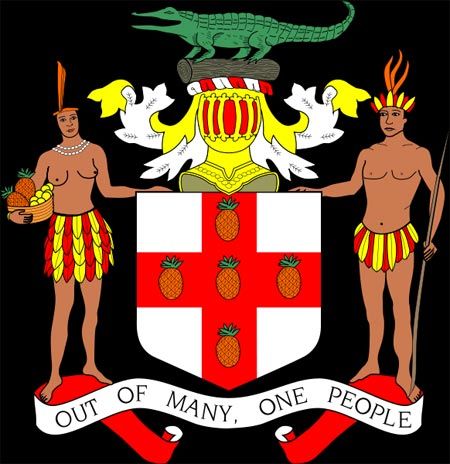
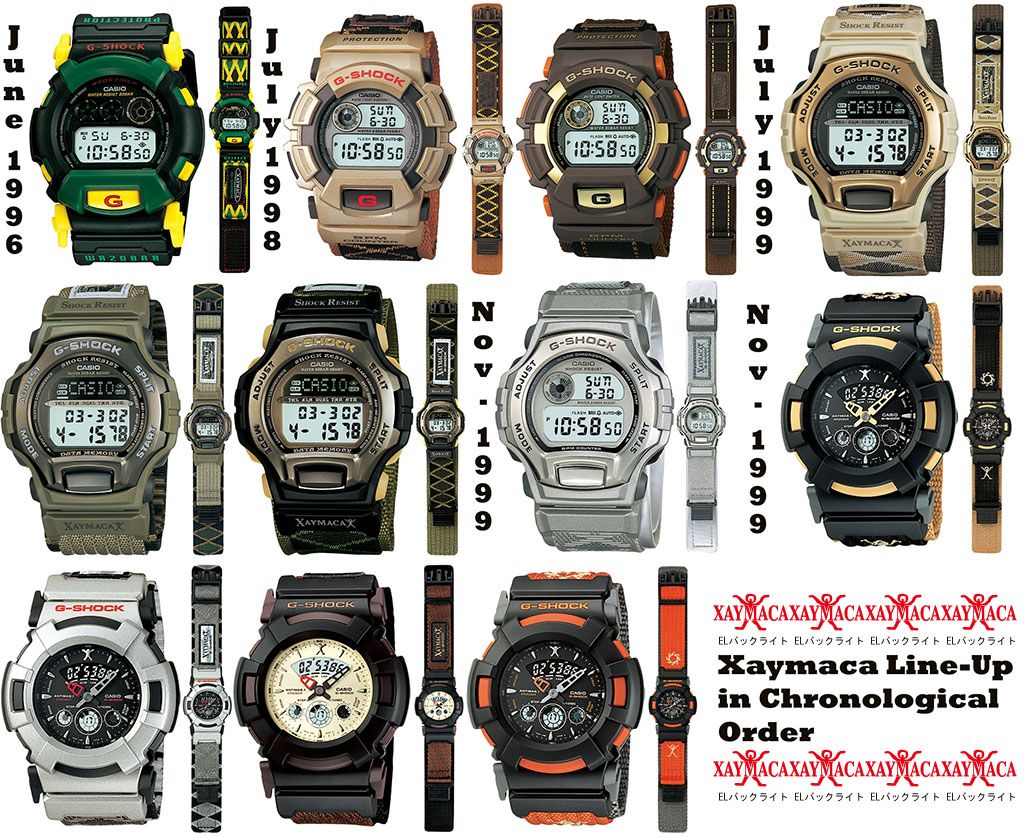
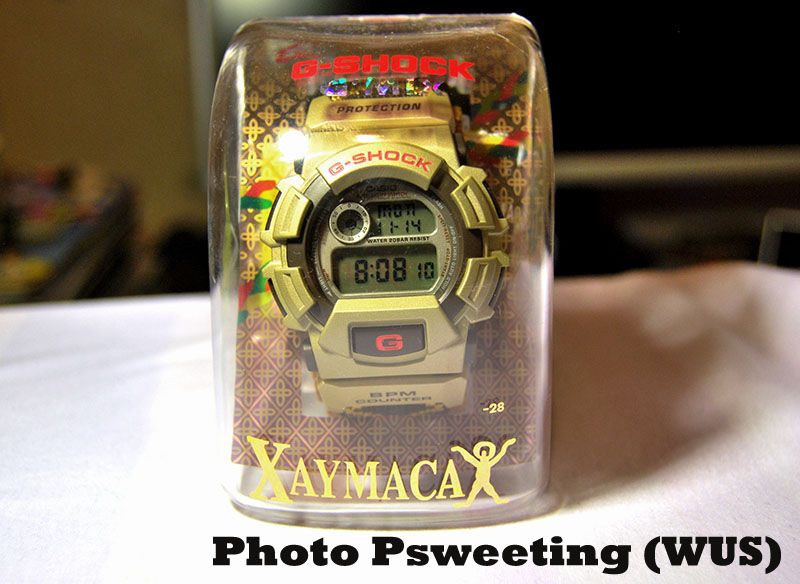
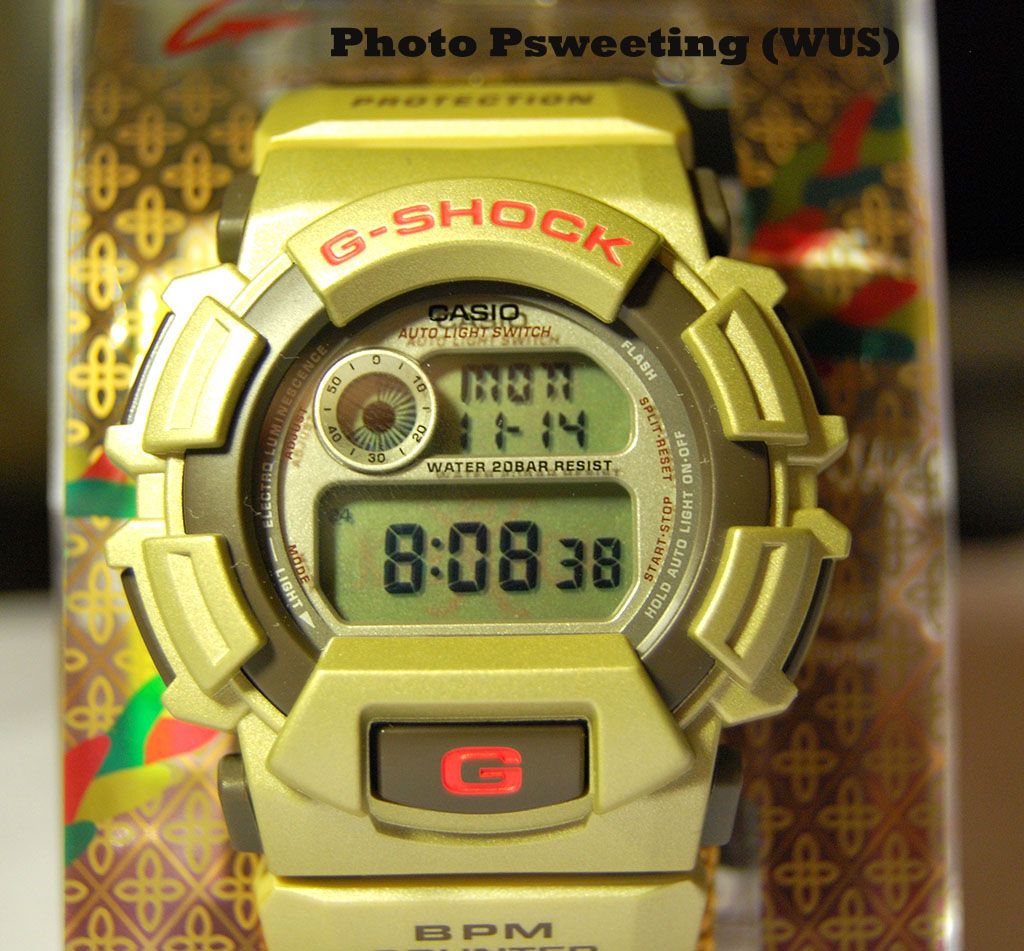
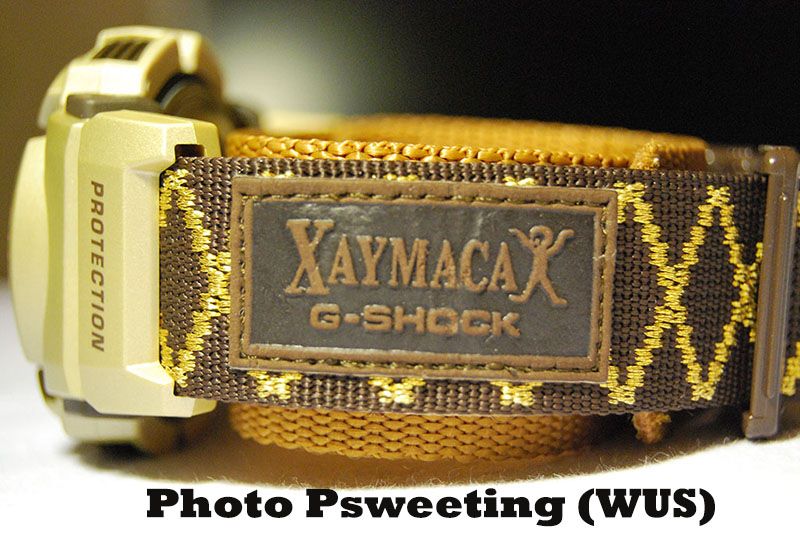
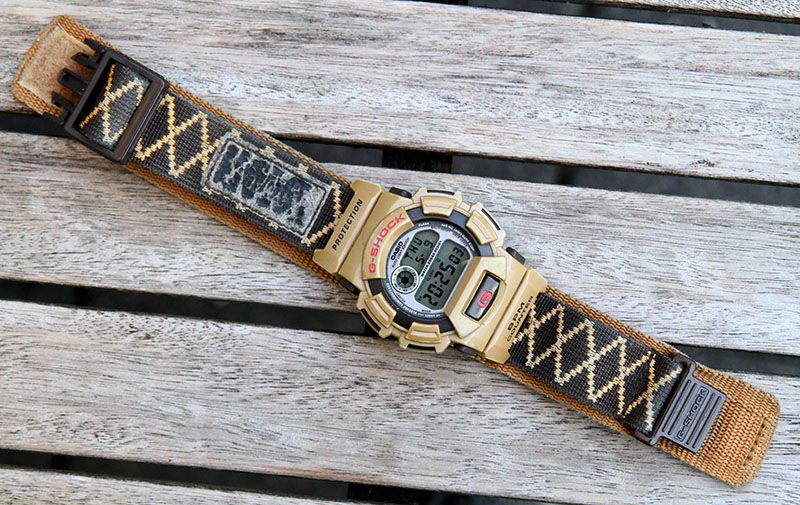
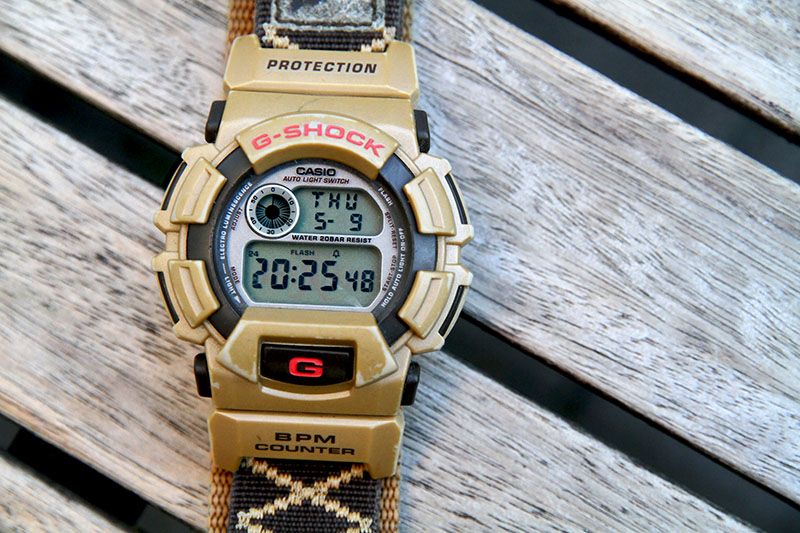
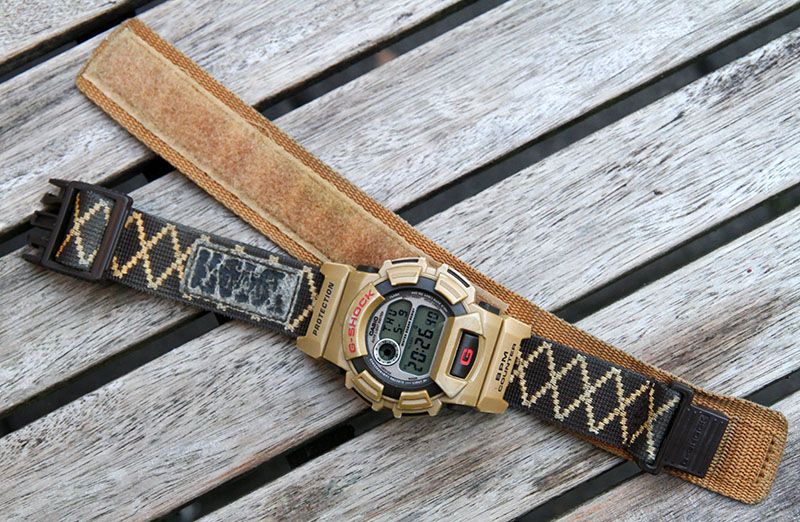
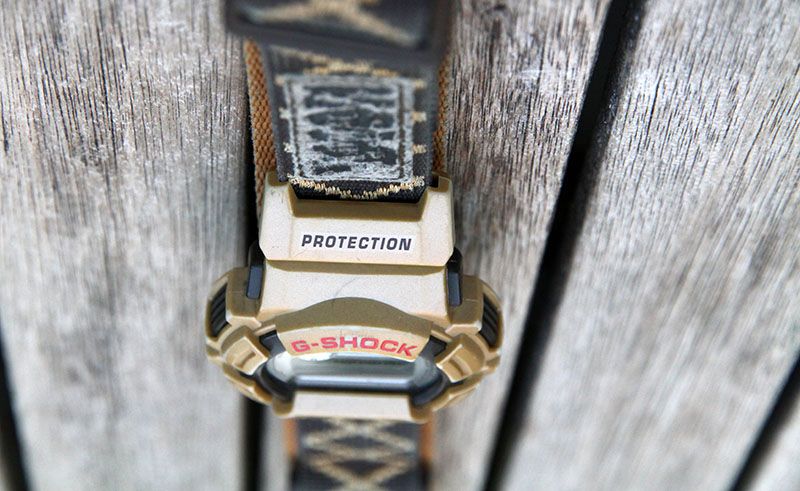
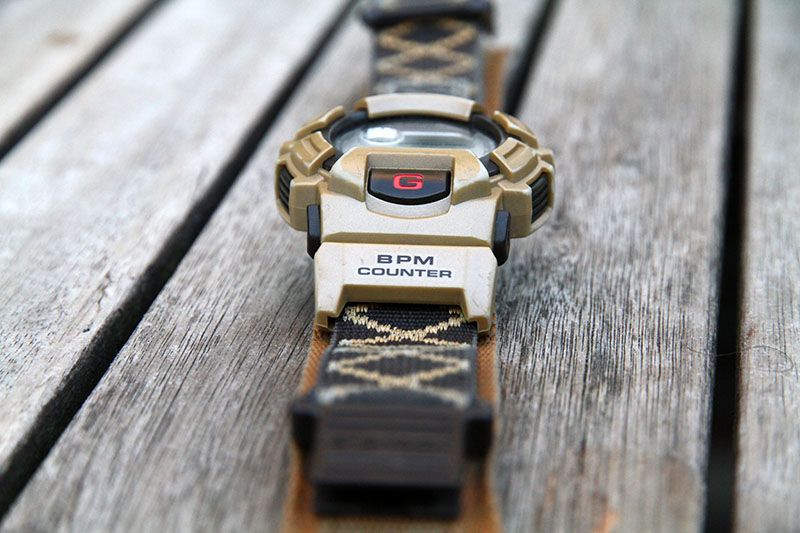

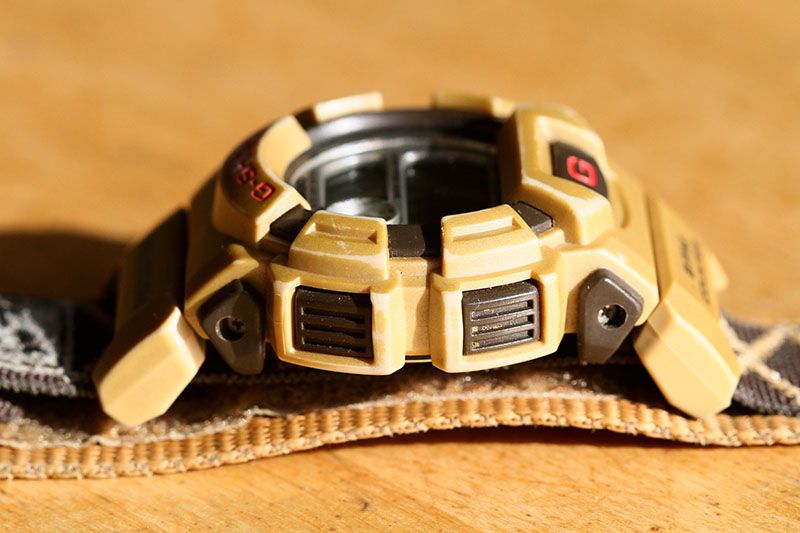

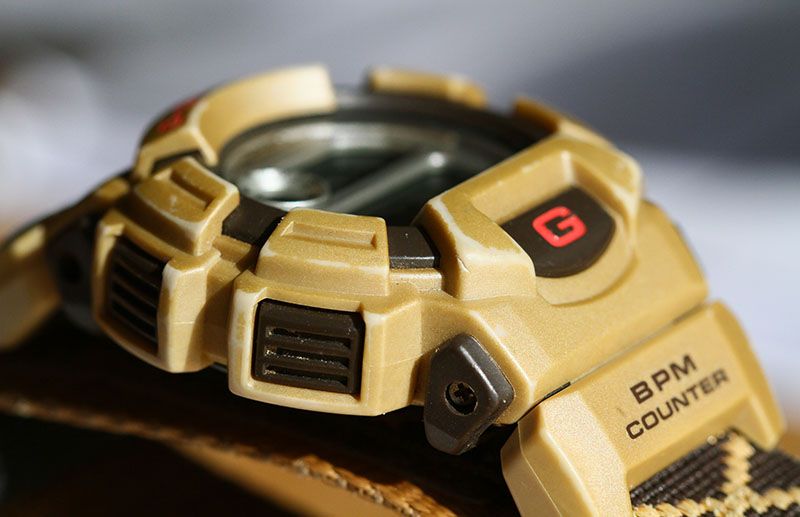

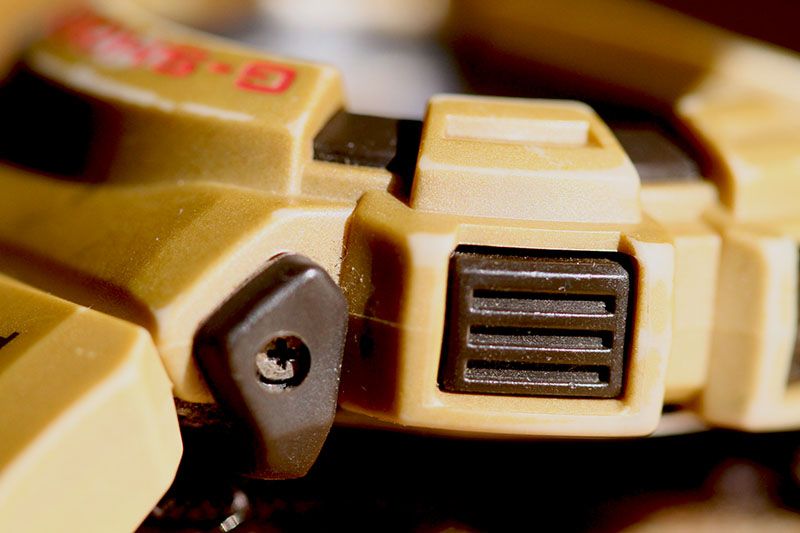

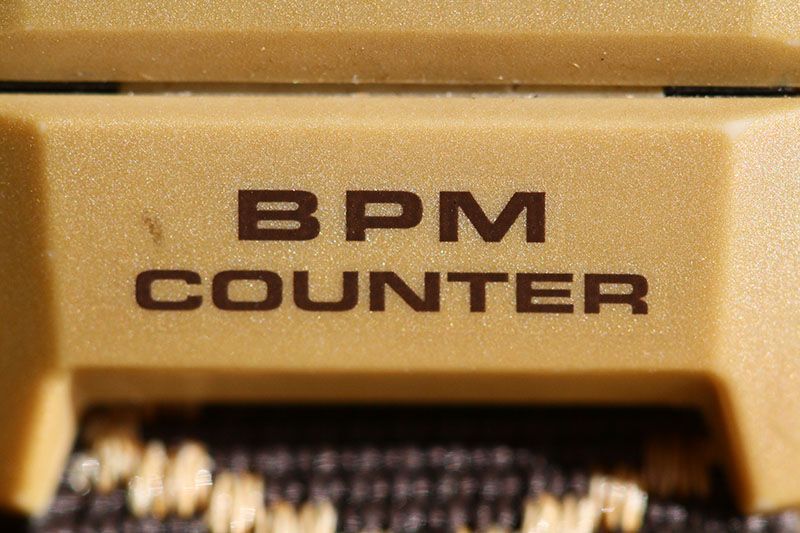

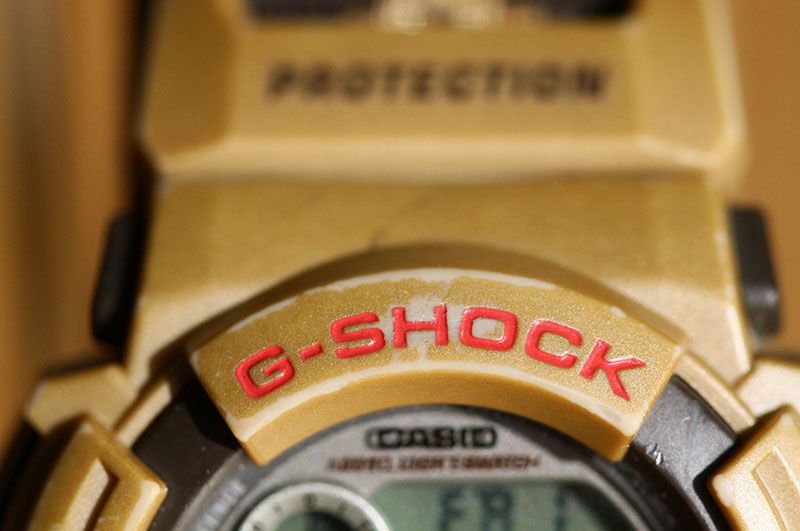
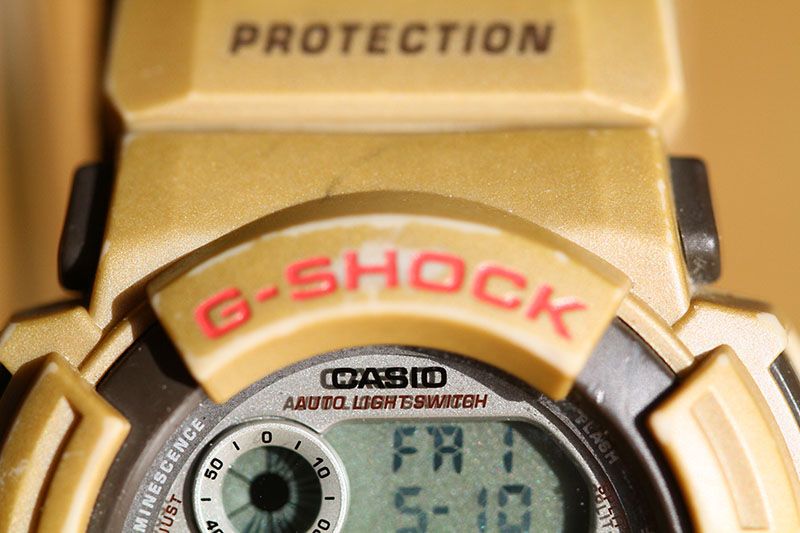


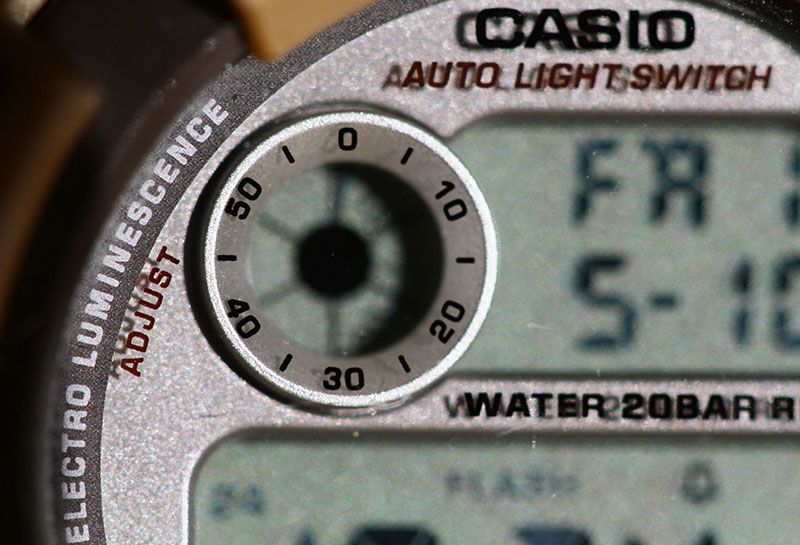
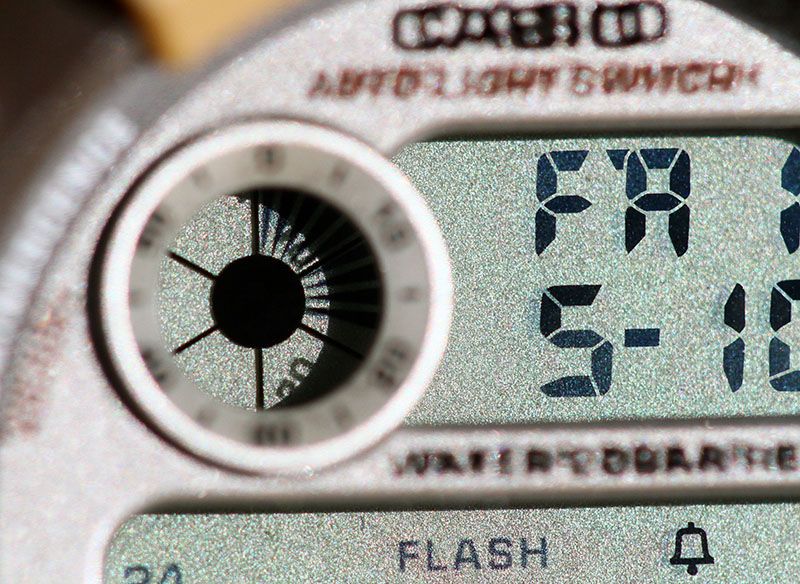

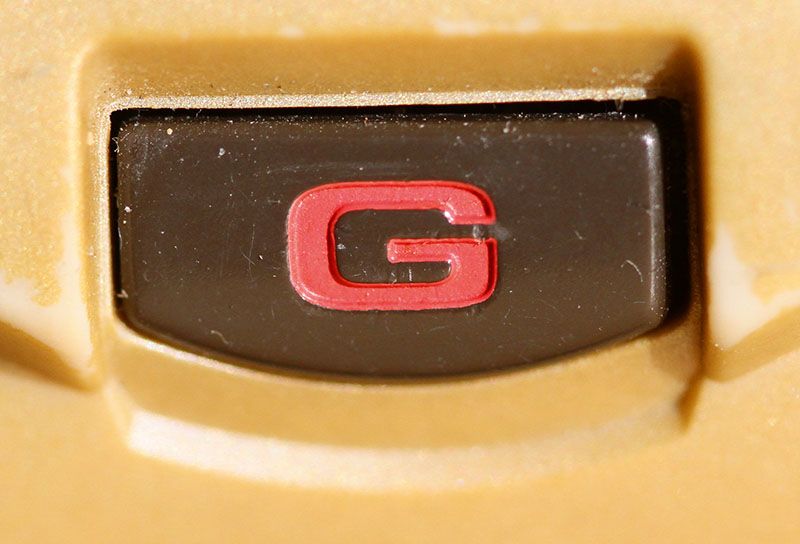
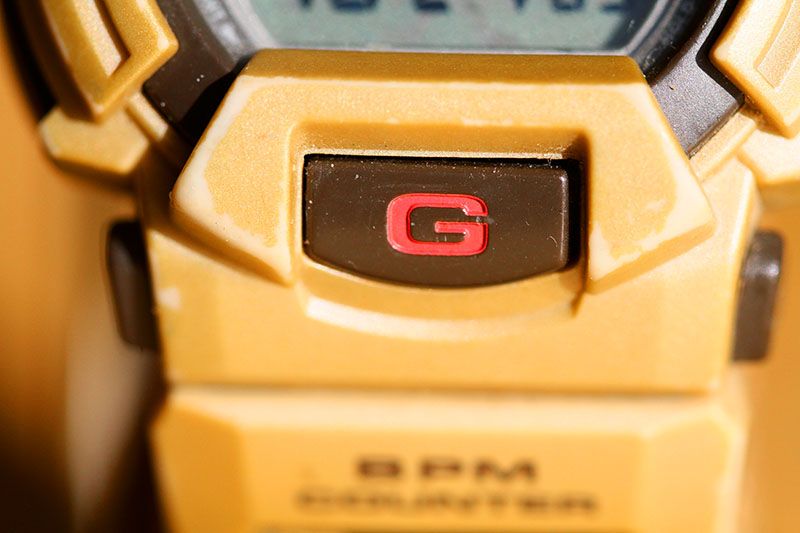


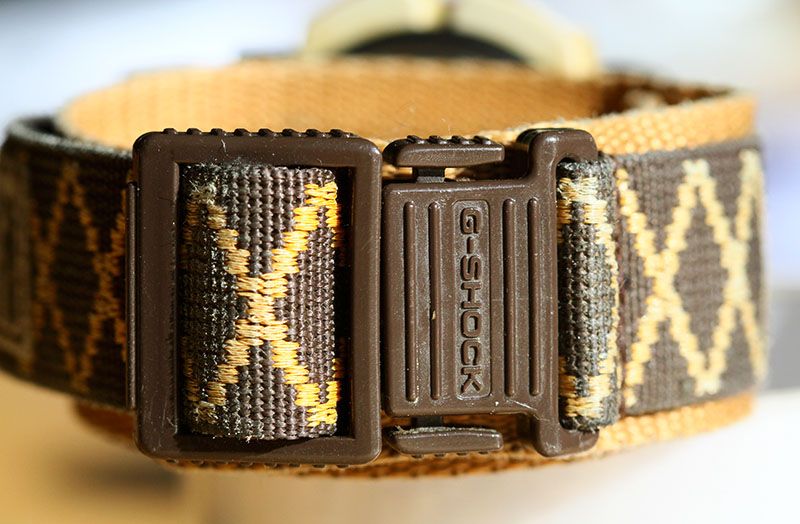
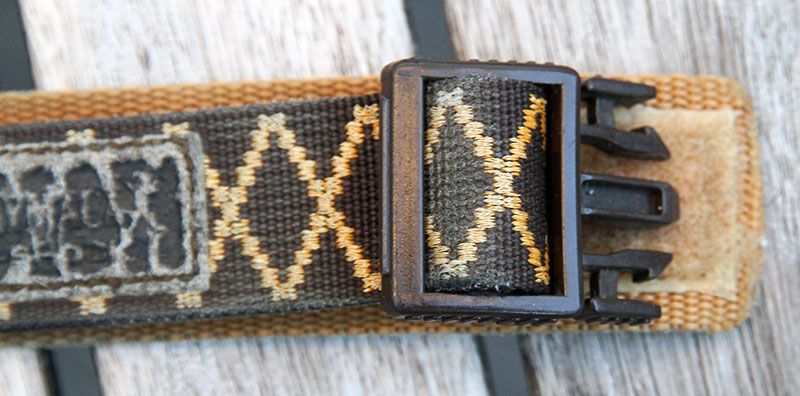
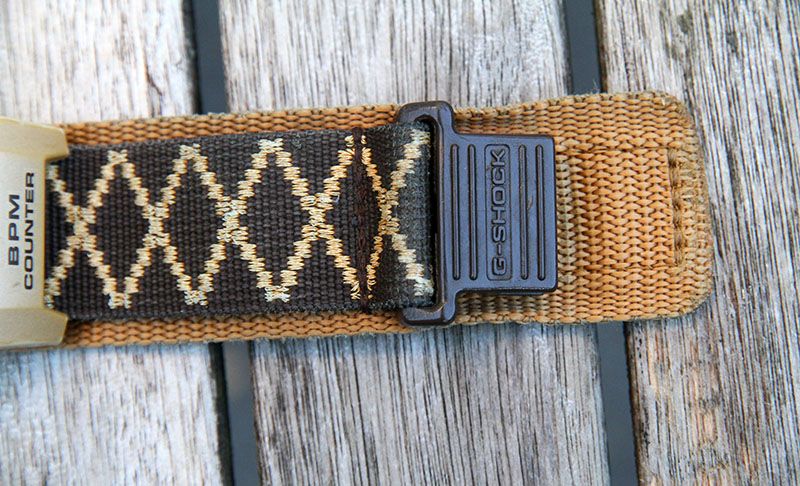
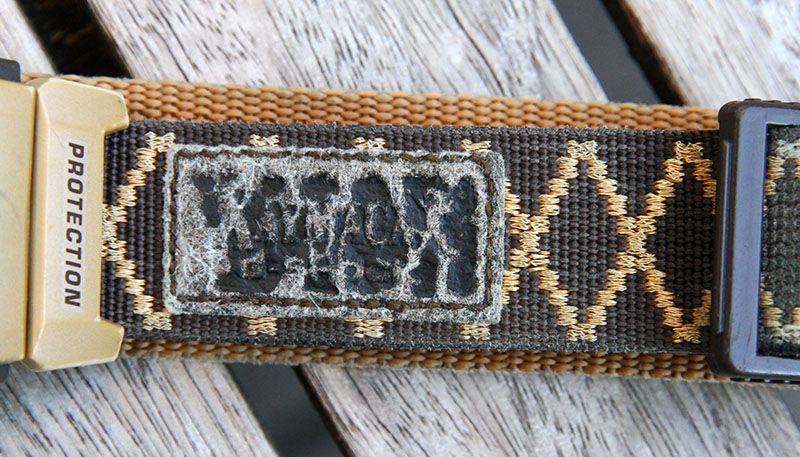
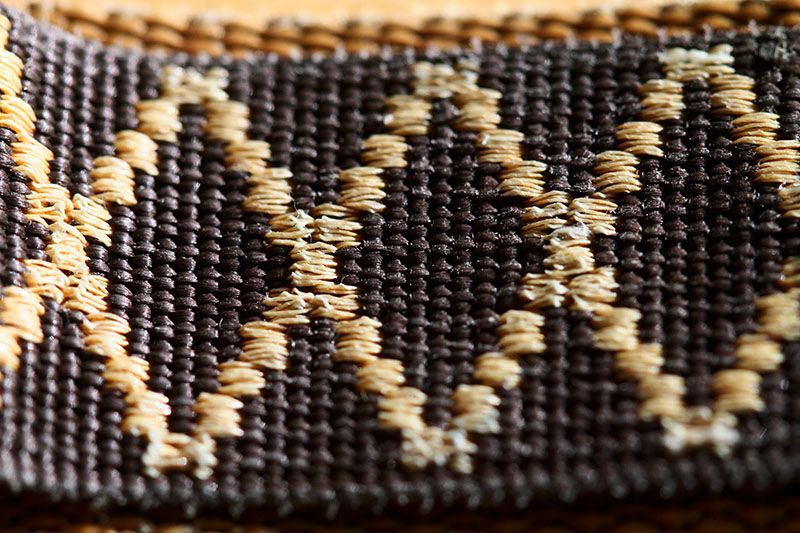
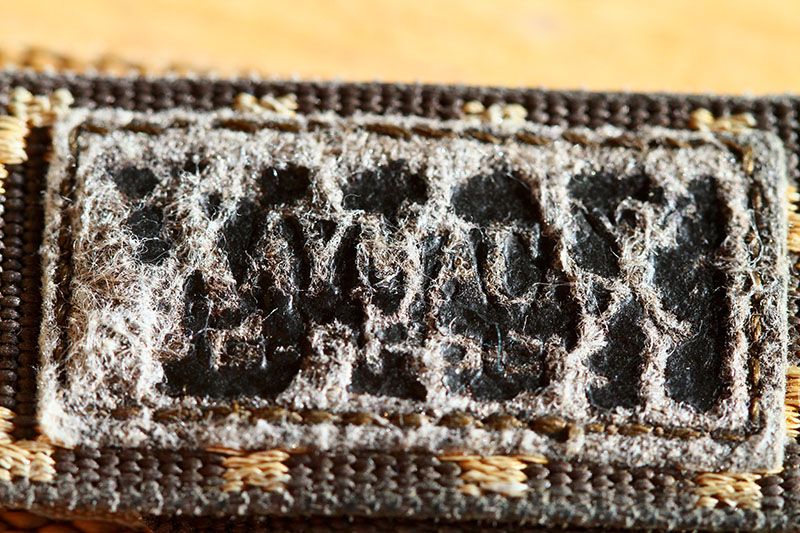




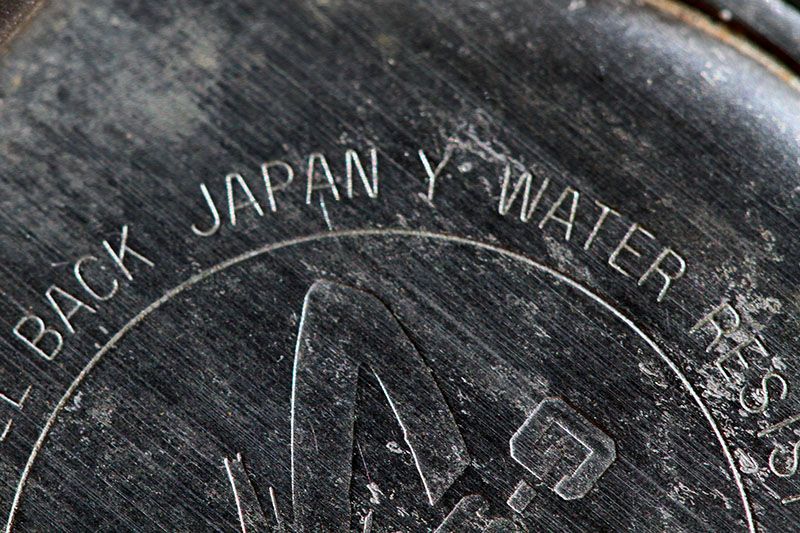
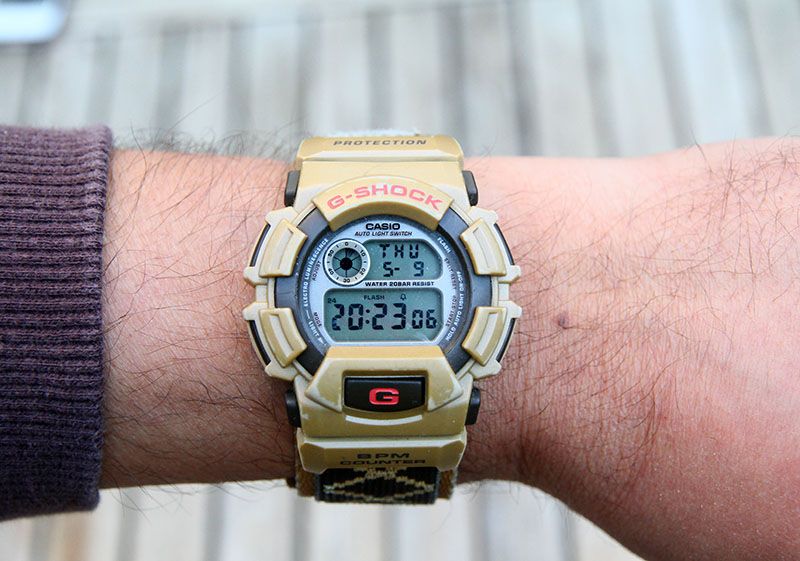
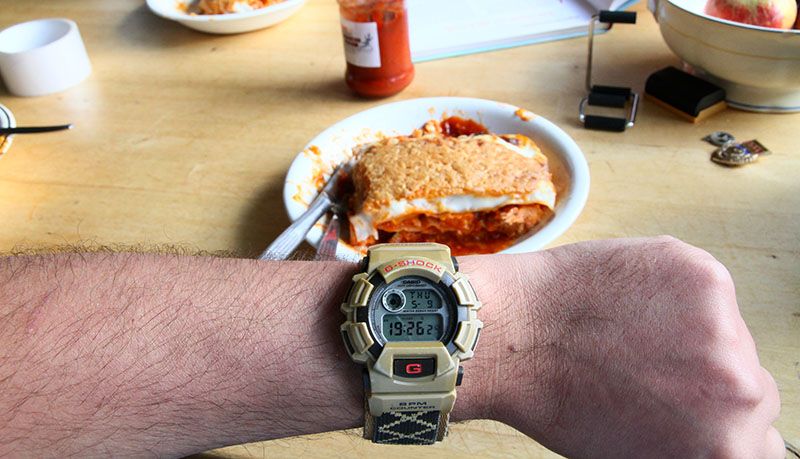
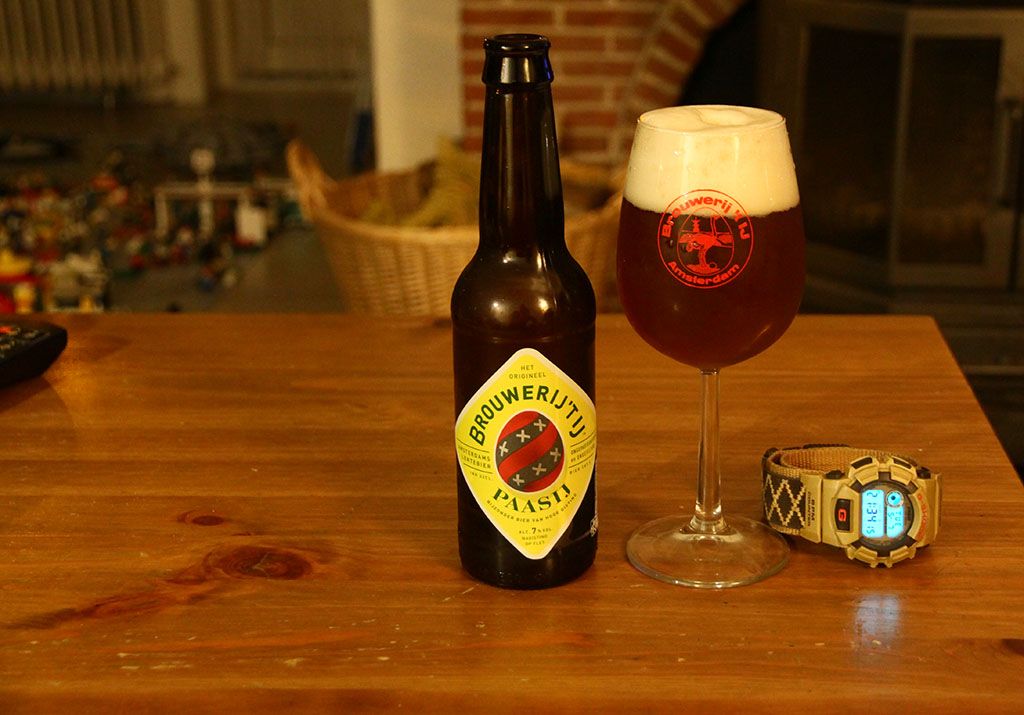

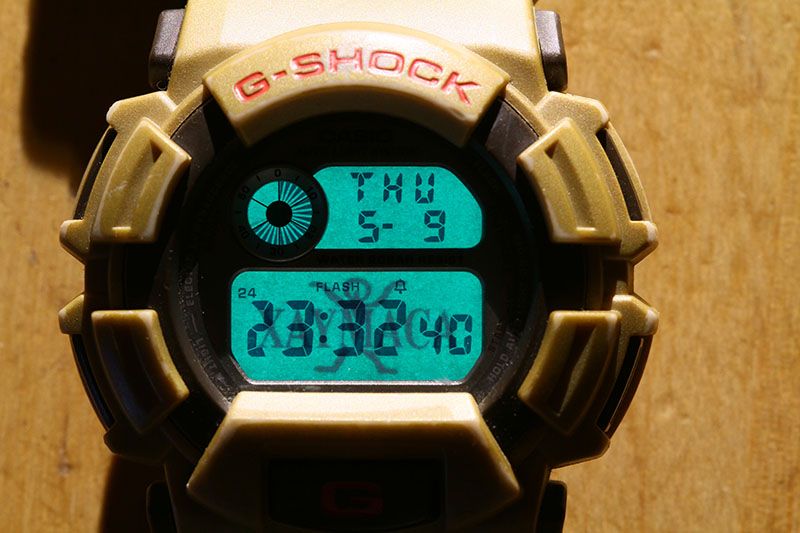
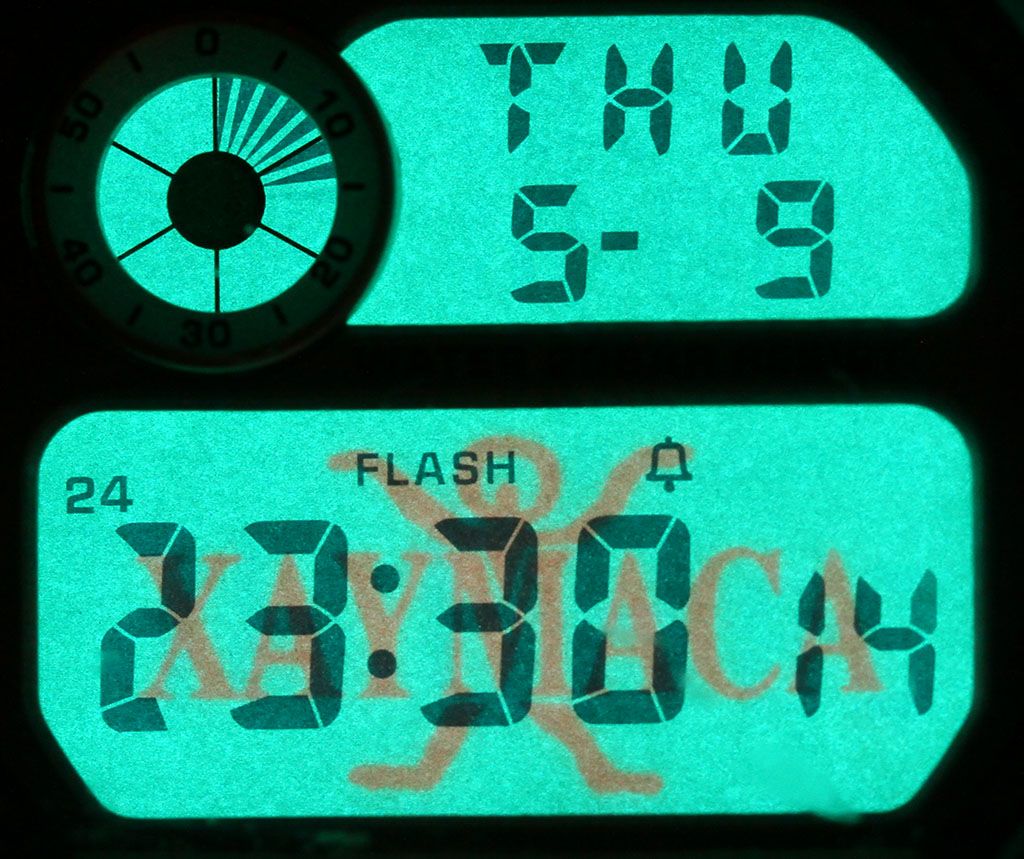


No comments:
Post a Comment